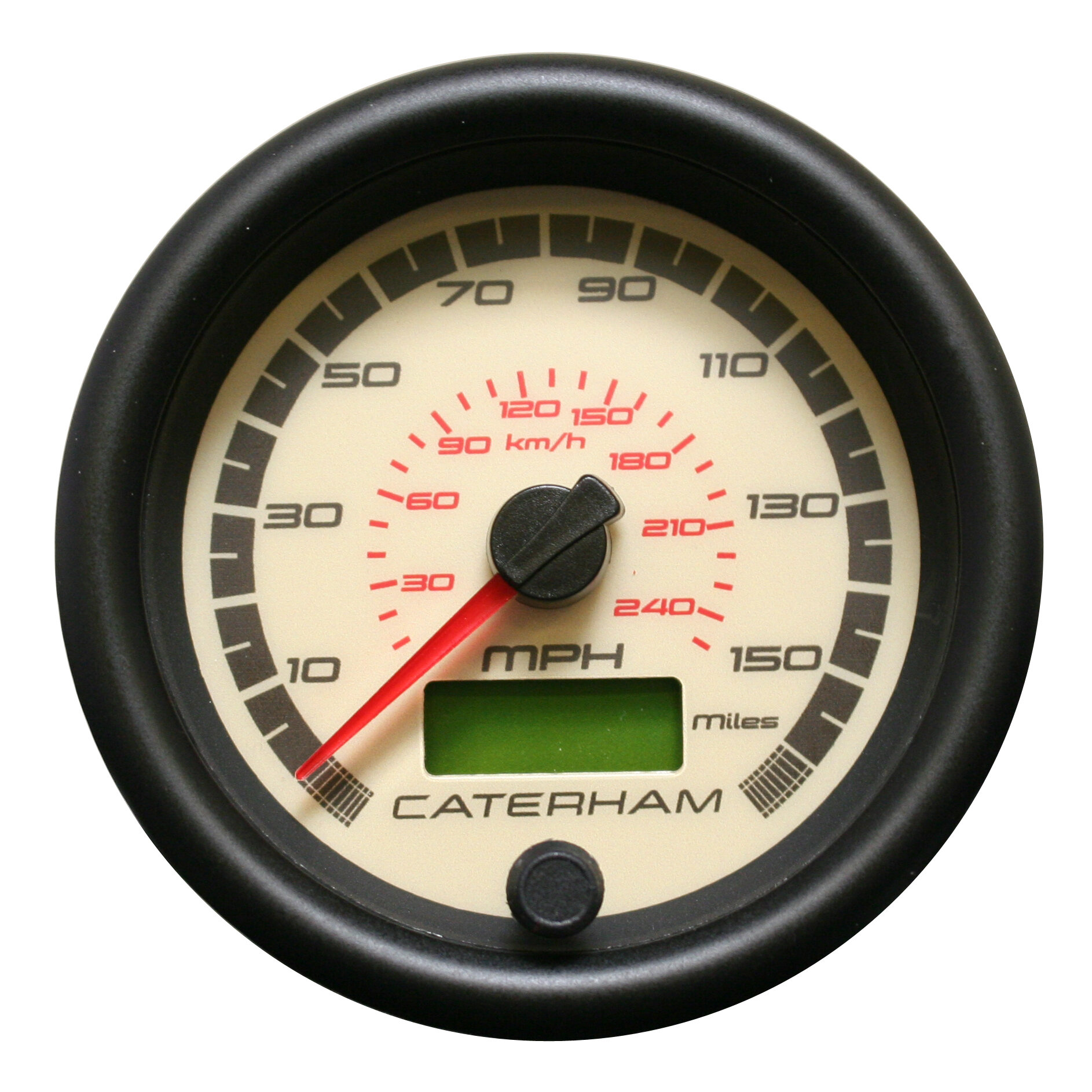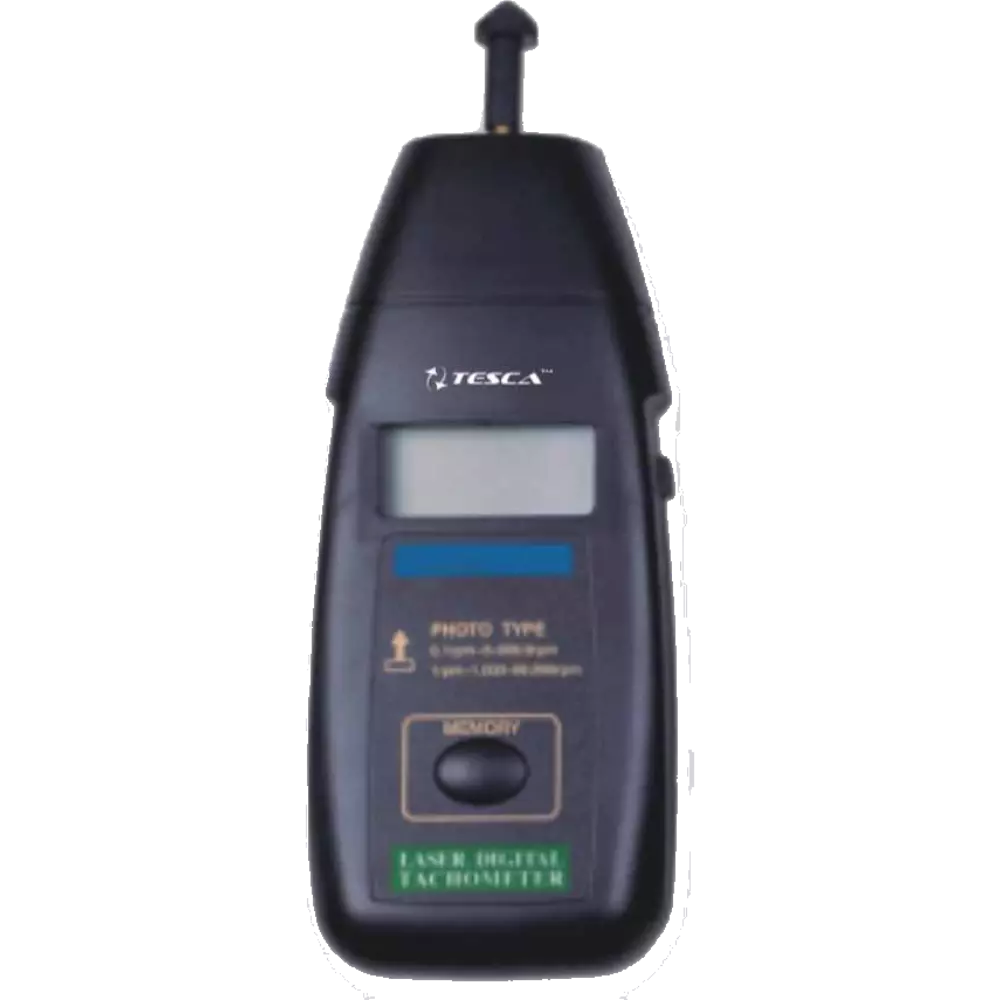Tachometer Basics: Every Little Thing You Required to Know for Accurate Readings
Tachometer Basics: Every Little Thing You Required to Know for Accurate Readings
Blog Article
Unlocking the Secrets of Tachometers: Every Little Thing You Need to Understand About This Important Tool in Your Car
Understanding the details of tachometers can provide useful understandings into your vehicle's performance and maintenance requirements. From gauging engine speed to understanding the data it provides, tachometers act as a vital device for automobile owners and enthusiasts alike. By deciphering the secrets behind this vital tool, you can unlock a wealth of details that can improve your driving experience and make certain the durability of your automobile.
Significance of Tachometers
The significance of tachometers depends on their capacity to give crucial real-time data regarding an engine's rotational speed, allowing for exact surveillance and maintenance of equipment. By measuring the transformations per minute (RPM) of an engine's crankshaft, tachometers supply important understandings right into the engine's performance - tachometer. This information is important for ensuring that the engine operates within its ideal array, avoiding potential damages from over-revving or underperforming
Tachometers play an important role in aiding operators and service technicians find any abnormalities in the engine's rate, which can indicate problems such as gas inadequacy, mechanical troubles, or extreme stress on the engine. By quickly recognizing these issues via tachometer readings, maintenance can be executed proactively, protecting against costly fixings and downtime over time.
In addition, tachometers are particularly essential in high-performance lorries and equipment, where exact control over engine rate is essential for ideal operation. Racing automobiles, aircraft, and industrial equipment depend on tachometers to provide peak performance while preserving safety and security criteria. Basically, tachometers are not simply tools for determining speed but essential tools for guaranteeing the smooth and reliable operation of engines throughout different applications.
How Tachometers Measure Engine Rate
Using sensors that find the frequency of electric pulses produced by the engine's ignition system, tachometers precisely determine the rotational speed of an engine. By keeping track of the price at which these pulses are gotten, tachometers provide real-time responses on how quickly the engine's crankshaft is turning per minute, typically referred to as revolutions per min (RPM)
The tachometer's sensing unit, commonly linked to the engine's ignition coil or stimulate plug cords, grabs the electrical signals produced each time a cyndrical tube fires. These signals are after that transformed into RPM readings presented on the scale or instrument collection within the driver's view. Tachometers can be analog or electronic, with modern-day automobiles frequently including digital screens for exact and instantaneous RPM readings.
This information is vital for chauffeurs to recognize the engine's performance, protect against over-revving, optimize gear moving, and ensure reliable fuel usage. By precisely determining engine speed, tachometers play an essential duty in aiding vehicle drivers run their automobiles safely and efficiently.
Translating Tachometer Analyses
Having a clear understanding of exactly how tachometers measure engine speed sets the structure for effectively analyzing the RPM readings presented. Analyzing tachometer readings is critical for optimal automobile performance and engine health. RPM (Changes Per Min) analyses on the tachometer show the rate at which the engine's crankshaft is revolving. When the engine is idling, the tachometer needle typically rests around 600-1000 RPM, relying on the automobile. As you speed up, the RPM will increase, reflecting the engine's higher rotational speed. When shifting equipments in a hands-on transmission vehicle, the RPM will certainly drop as you involve the clutch and change gears, after that rise again as you speed up in the brand-new gear. Monitoring the tachometer can help you determine the most effective changing factors to take full advantage of gas economic climate and engine power. Additionally, irregular variations or regularly high RPM readings might indicate potential issues with the engine that might require specialist attention. By focusing on the tachometer analyses and understanding how to interpret them, you can ensure your vehicle operates Source efficiently and efficiently.


Tips for Utilizing Tachometers Successfully
To enhance driving performance and enhance engine performance, what secret approaches can be executed for effectively using tachometers? Tachometers are important tools that provide real-time feedback on engine speed, allowing drivers to make enlightened decisions for much better performance - tachometer. Right here are some pointers for making use of tachometers effectively:
Recognizing Ideal RPM Range: Acquaint yourself with the optimum RPM (Changes Per Minute) array for your automobile. Maintaining the engine within this range can enhance fuel efficiency and extend the engine's life-span.
Shifting Equipments at the Right Time: Make use of the tachometer to identify the ideal time to shift gears. Aim to shift equipments when the RPM gets to the optimum range for the next equipment.
Monitoring Engine Tension: High RPMs for prolonged durations can strain the engine. Maintain an eye on the tachometer to avoid over-revving, especially throughout acceleration or when lugging heavy lots.
Tachometers and Lorry Upkeep
When considering car maintenance, tachometers play a critical function in keeping an eye on engine efficiency and discovering potential issues. Tachometers provide crucial information on engine speed, allowing vehicle drivers and auto mechanics to guarantee that the engine is running within the suggested RPM range.
Along with identifying prospective concerns, tachometers can additionally assist in optimizing gas efficiency. By keeping the engine rate within the optimal range, vehicle drivers can boost their gas mileage and lower gas consumption. This not just benefits the driver's pocketbook yet also adds to environmental preservation by lowering hazardous discharges.
Final Thought

Report this page